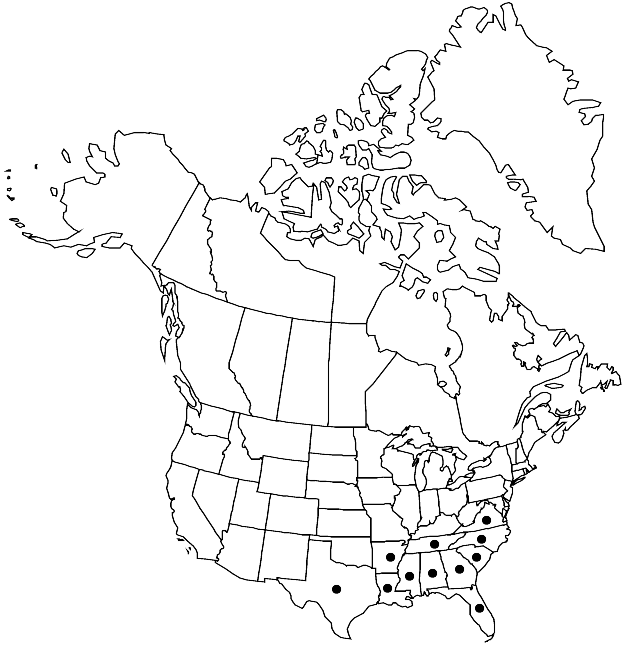Difference between revisions of "Entodon macropodus"
Linnaea 18: 707. 1845.
FNA>Volume Importer |
imported>Volume Importer |
||
| (One intermediate revision by the same user not shown) | |||
| Line 54: | Line 54: | ||
|publication year=1845 | |publication year=1845 | ||
|special status= | |special status= | ||
| − | |source xml=https:// | + | |source xml=https://bitbucket.org/aafc-mbb/fna-data-curation/src/2e0870ddd59836b60bcf96646a41e87ea5a5943a/coarse_grained_fna_xml/V28/V28_782.xml |
|genus=Entodon | |genus=Entodon | ||
|species=Entodon macropodus | |species=Entodon macropodus | ||
Latest revision as of 21:38, 5 November 2020
Plants in dense mats, bright green. Stems to 10 cm, subpinnate, branches complanate-foliate. Leaves erect to spreading, oblong-lanceolate to oblong-ovate, widest near insertion, 1.4–2 mm; margins plane, entire proximally, serrulate distally; apex acute; ecostate or costa double, very short; alar region gradually differentiated, 1-stratose, ± reaching costa. Sexual condition autoicous. Seta yellow, 1–3 cm. Capsule long-cylindric, 2–4 mm; annulus not differentiated; operculum bluntly short-rostrate; exostome teeth reddish, external and internal surfaces irregularly striate throughout, perforate; endostome segments striate to coarsely papillose proximally, papillose at extreme apex. Spores 12–16 µm.
Habitat: Base of trees, rock, soil, road banks, logs, mesic, often calcareous habitats
Elevation: low to moderate elevations
Distribution

Ala., Ark., Fla., Ga., La., Miss., N.C., S.C., Tenn., Tex., Va., Mexico, West Indies, Central America, South America.
Discussion
Entodon macropodus is one of the most distinctive and common species of the genus in the southeastern United States. The perforate exostome teeth are strikingly beautiful with their irregular striations on both the external and internal surfaces (and often on the endostome segments as well). The long, yellow setae with erect capsules are often an easy field identification aid.
Selected References
None.